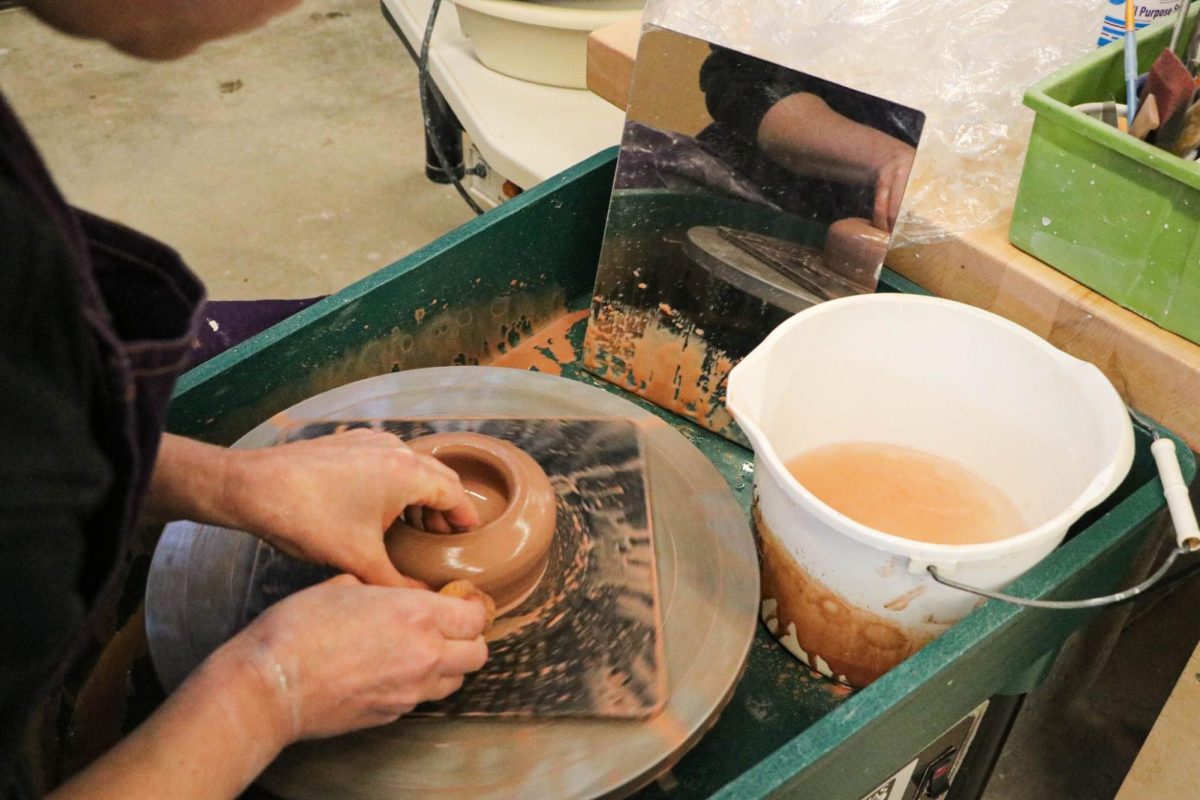More people have had skin cancer in the past three decades in America than all other forms of cancer combined, according to the Skin Cancer Foundation. Skin cancer is the most common form of cancer in the United States today. With summer approaching, extra precautions should be taken to protect and prevent skin cancer.
The Skin Cancer Foundtation has many preventative guidelines listed on their website, http://www.skincancer.org/prevention, for people to educate themselves on preventing skin cancer. It reported that wearing SPF 15 or higher on a daily basis and to avoid UV tanning booths/beds are the two easiest ways to protect yourself.
Other precautions include seeking shade in the afternoon, asking for thorough skin examinations at your physician’s office and educating yourself on warning signs of skin cancer. Warning signs may include unusually sore lumps, blemishes, and new/irregular moles.
“A mole can be present at birth, or it can appear during childhood or young adulthood. New moles that appear later in life should be checked by a doctor,” according to the American Cancer Society. It is crucial to examine the skin frequently and check for any changes in moles or new moles. Changes include differences of size, shape, or coloring. These signs suggest a possibility of melanoma developing.
The American Cancer Society recommends using their ABCDE rule as a guide when examining the skin.
-
A is for Asymmetry: Two sides of the mole or birthmark are not identical.
-
B is for Border: The edges around the mole or birthmark are or have become irregular, ragged, notched, or blurred.
-
C is for Color: The color is not consistent throughout and include shades of brown or black, or sometimes with patches of pink, red, white, or blue.
-
D is for Diameter: The mole or birthmark is larger than 6 millimeters across (about ¼ inch – the size of a pencil eraser), although melanoma spots can be smaller than this.
-
E is for Evolving: The mole or birthmark is changing in size, shape, or color.
*Source: The American Cancer Society
There are many ways to become involved in the fight against Skin Cancer. Donations can be made towards the cause through the American Cancer Society and The Skin Cancer Foundation. Educating oneself, friends and family members, on ways to prevent skin cancer is another way to become involved.






























































![At the bottom of the third inning, the Lions are still scoreless. Rowe stands at home plate, preparing to bat, while Vandenbrink stands off to the side as the next batter up. Despite having the bases loaded, the team was unable to score any runs. “It’s just the beginning of the season. We’re just going to be playing out best by June, [and] that’s where champions are,” Rowe said.](https://wlhsnow.com/wp-content/uploads/2024/03/IMG_3077-1200x900.jpg)







































![All smiles. The group poses for a photo with last year’s book, “This is Our House,” along with their award for third Best in Show. Meikle, who was an Editor-in-Chief for the yearbook last year as well, holds both and stands at the center of the group. “That was an amazing feeling, going and grabbing the third place award,” Meikle said. “All of it paid off. I cried so much over that book, being able to receive [the award] was one of the highlights of my high school career, it was like the coolest thing ever.”](https://wlhsnow.com/wp-content/uploads/2024/11/8bookpose_philly-1200x800.jpg)














